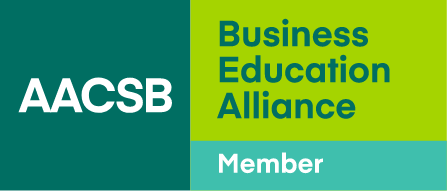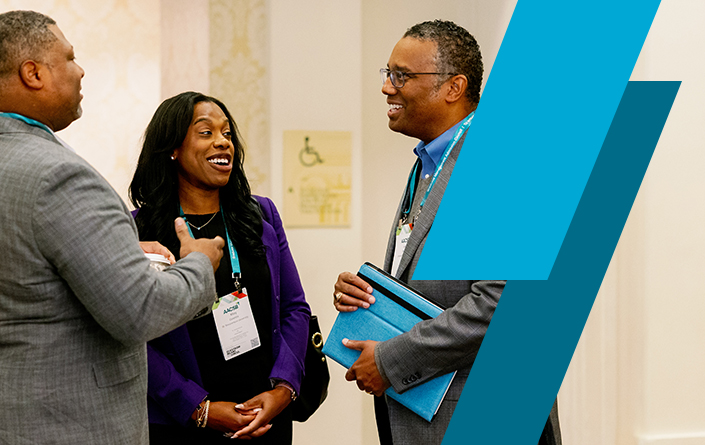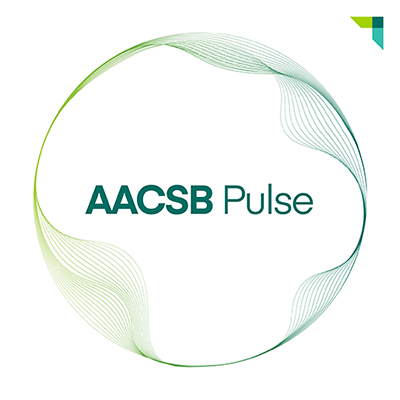Faculty Diversity in Business Schools: 25 Years in the Making
Over the past 25 years, an unprecedented collaboration between the management education community and business has led to more than five times the number of business school faculty who are black Americans, Latinx Americans, or Native Americans. As I prepare to step back from my role in this initiative, I offer some reflections on diversity and higher education.
In 1994 when we started The PhD Project, there were only 294 doctoral-qualified business professors from those underrepresented groups in U.S. business schools. This scarcity was a concern for both business academia and the business community: corporate recruiters were asking business schools to attract and graduate a more diverse student pool from which they could hire, but the business schools were finding this task to be a challenge.
Role Models and Mentors
A possible reason for the shortcoming emerged. Research showed that an important determinant in a student’s choice of major was whether they saw professors with backgrounds similar to theirs teaching in that field. With most business schools at the time having no professors of color—294 in a sea of 25,000—this disparity was clearly a key contributing factor to the lack of students of color studying business.
A group of us from business schools and the private sector concluded that a reasonable, systemic solution might be to increase the representation of faculty of color who would become role models and mentors to attract a new generation of business students of color. The lessons we learned over this journey remain relevant to this day:
- Challenge the status quo. At an AACSB meeting with deans, I asked why there were so few faculty of color, and their response was that business doctoral programs were not producing many graduates of color. So not only were people of color at the undergraduate level not selecting business as a field of study, but, perhaps even more influential, people of color were not applying to doctoral programs in business. At that point our choice was clear: accept the status quo or challenge it. We chose the latter and set out to inspire, encourage, and prepare people of color serving in the private sector to consider a career in academia; The PhD Project was born.
- Understand why candidates do and do not choose to pursue doctoral careers. Previous efforts to attract minority candidates to business doctoral studies had not met with success. Those efforts targeted recent college graduates, and few responded favorably. Their lack of enthusiasm was understandable: first-generation college students had worked long and hard (and probably amassed considerable debt) to earn business degrees that would open exciting and lucrative corporate careers to them. It was probably not realistic to expect this group to defer that dream for five or six more years. We decided instead to target people who had already invested some years into a business or professional career and now wanted to do something they believed might be more personally and professionally fulfilling—shape the lives of future business leaders as a professor.
- Be creative. We approached the challenge as a marketing challenge. Most do not understand the doctoral-granting process, especially people of color who perhaps have never met a professor of color either in their college experience or their personal lives; in U.S. business schools we could find fewer than 300 such professors. Our website became the source of information allowing access to university doctoral programs and minority faculty and doctoral students. The site hosted an application for visitors to apply for the opportunity to attend our two-day conference, described below.
- Be inclusive. We needed a series of sponsorships and alliances. AACSB signed on immediately with significant support. Having a stated mission “to foster engagement, accelerate innovation, and amplify impact in business education,” AACSB proved—and continues to prove—a vital partner. We couldn’t have done it without them. We also knew we needed to engage the business school community, corporate partners, and the professional associations and organizations.
- Be systemic. Today, universities are committing millions of dollars to recruiting minority faculty. But theirs is a zero-sum game; University A hires a minority professor by luring them from the faculty of University B, with B then ending up with less diverse faculty body. This is not a systemic approach but one of rearranging current limited representation. The solution is to enlarge the entire pool of underrepresented professors.
- Inform the audience. Most people outside of academia do not understand what a professor actually does—or how one becomes a business school professor. They are unaware that professors conduct research and create new knowledge. They are unaware of the demanding and difficult, though ultimately rewarding, path to a doctoral degree. An uninformed candidate is a candidate who is unlikely to pursue the doctorate, or worse, who will enter a program and drop out. The PhD Project provides those who respond to our marketing campaign with access to information and to current faculty and doctoral students so they can decide whether they want to further pursue a doctoral degree. If they do, they apply to our annual conference, where they have the opportunity to get an in-depth view of doctoral education and a career as a professor as well as meet with representatives of more than 100 doctoral-granting universities in the U.S. From there they decide if academia is the right path for them.
- Support these doctoral candidates. The lack of role models, the isolation, and the deficient peer support that members of an underrepresented group typically experience can lead to students discontinuing their program. These experienced professionals, now doctoral students, had left their employment, many having also relocated their families, including children who had to part from friends and change schools. Exacerbation of hurdles associated with isolation could prove deleterious to a successful outcome. We understood that this increased adversity was a key challenge requiring action. To address the problem, we created doctoral student associations (DSAs) in all five business disciplines so doctoral students could gain support and encouragement from their peers and other professors. These associations have proved invaluable. The DSAs include programs to strengthen research, writing, and teaching skills; introductions to journal editors and senior faculty; access to professional associations rarely attended by doctoral students; and preparation for entering the job market. As a result, our students’ completion rate exceeds 90 percent, as compared to what AACSB estimates is less than 70 percent usually experienced in doctoral programs.
- Understand how everyone benefits from a diverse faculty. While minority students gain role models and precious mentors, majority students also benefit. How prepared is a majority student for today’s diverse world of business if they have never experienced or seen an underrepresented person of color in front of the classroom? How much “diversity” have majority students been exposed to when they have never seen or experienced a class taught by a doctoral-carrying black American, Latinx American, or Native American professor?
The ranks of administration—department chairs, deans, provosts, and presidents—are equally underrepresented with scholars in these same minority groups. For professors of color who want to establish influence over academic affairs beyond their own classrooms, we offer a program to encourage and support that journey. AACSB has been an important aspect of this effort through the Aspiring Leaders Seminar, which they developed and present for tenured faculty of The PhD Project. Several of our participants have become deans, and two are now college presidents.
The Challenge Continues
When you consider the changing demographics of college students, it is clear that the challenge of achieving faculty diversity is critical. Yes, we have quintupled the number of minorities with a business PhD to more than 1,500, but as of October 2019, just 4 percent of U.S. business school professors are black Americans, Latinx Americans, or Native Americans. Of our more than 1,500 graduates with a PhD, over 1,350 are on faculty in U.S. business schools, with the difference explained by retirements, deaths, and other career choices. Meanwhile, there are 1,500 U.S. colleges and universities awarding degrees in business. That equates to, on average, less than one underrepresented faculty member per college. The job must continue with an even greater sense of urgency.
Bernard J. Milano is former president of the KPMG Foundation and The PhD Project. He retired from both positions in December 2019, after serving for over 58 years at KPMG and 25 years at The PhD Project.






